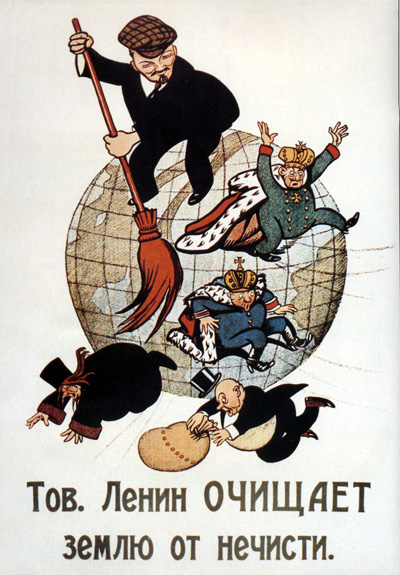I assume it's like the NATOpedia page says
The head of a mace can be shaped with flanges or knobs to increase the pressure of an impact by focusing the force on a small point. They would bind on metal instead of sliding around it, allowing them to deliver more force to an armored opponent than a traditional mace. This effect increased the potential for the mace to injure an armored opponent through weak spots in the armor, and even damage plate armor by denting it, potentially binding overlapping plates and impeding the wearer's range of motion.
